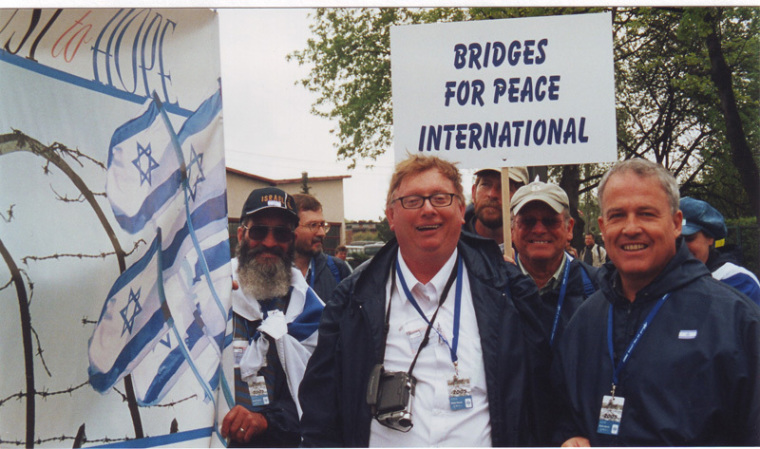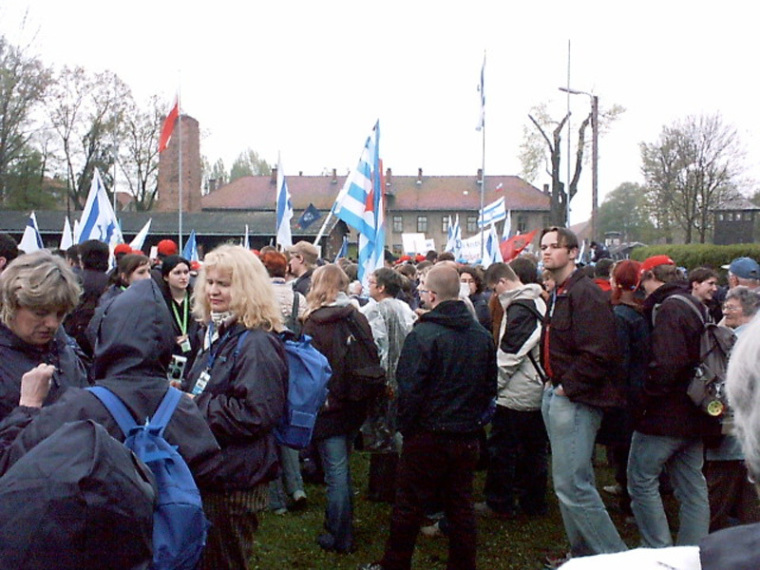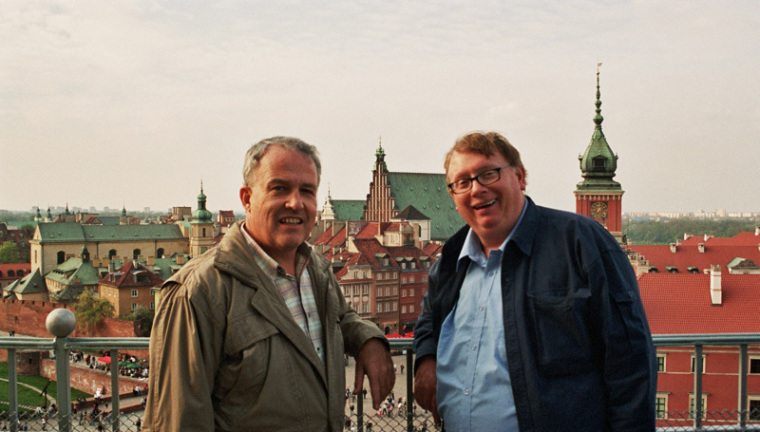
There are tourism sites and tourism sites.
Poland has found an investor to turn the "Wolf's Lair" of Nazi leader Adolf Hitler into a tourist attraction. The ruins of Hitler's fortress complex deep in the woodlands of north eastern Poland is famed as the site of an assassination attempt on Hitler by Colonel Claus von Stauffenberg.
The Wolf's Lair served as one of Hitler's military headquarters during World War Two and was destroyed by the Nazi forces as they retreated in early 1945. The site, whose name refers to Hitler's nickname, "Mr. Wolf" consisted of 80 buildings at its peak and is owned by the local forestry authority.
Investment includes a museum with an exhibition that could be open all year long. It is of interest that the remaining ruins are open to the public, but do not attract many visitors because they are hidden deep in a forest and accessible only by rough corrugated roads.
The Wolf's Lair built in 1940 and 1941 to protect Hitler and other top Nazi officials from air bombardment during Operation Barbarossa, the invasion of the Soviet Union. It had its own power plant and a railway station. It was heavily camouflaged and surrounded by a minefield, which the article noted took 10 years to clear after the war.

March of the Living
I was one of 48 international delegates invited to the 60th anniversary of the liberation of Auschwitz in Poland for the March of the Living in 2005.
I have written a series of twelve articles on Israel and Bible Prophecy and noted that the Holocaust inevitably was covered and spelt out the nature of such Nazi concentration camps becoming tourist centres.
There is a fascination with such tourism sites where hundreds of thousands of people were simply sent to their death in a mechanised fashion never witnessed previously in such a mass scale over such a long period of time. Such macabre centres are a place of interest, especially those with an historical bent.
Of more Australian interest is the bombing of Darwin on the 19 February 1942 in which a new museum was opened in 2012. The Kokoda Trail is also a favourite trek where in 1942 the Australian Militia 39th Division undertook a planned retreat holding up the Japanese, many believing saved Port Moresby and possibly Australia.
Tourism Memorial Sites
There are many weird and strange war-tourism sites. One is the Gunyarra Army Camp 1944-45 near Proserpine Queensland, the First Australian Field Experimentation site for research on chemical warfare agents and protective materials. Mark Tronson said he and his wife visited this site following the tourism signs.
Obviously the War Memorial in Canberra is the nation's centre piece in terms of war tourism. Hundreds of thousands visit each year.
Tourism dollars are crucial to Australia as they are to any nation including Poland.
The Christian Padre's played an important role in war time and Patsy Adam Smith's book The ANZACS has a chapter on the Padres. In her book she quoted a letter by a WWI Padre who wrote that war is about writing letters of irretrievable anguish to mothers and wives and sweethearts.


Dr Mark Tronson - a 4 min video
Chairman – Well-Being Australia
Baptist Minister 45 years
- 1984 - Australian cricket team chaplain 17 years (Ret)
- 2001 - Life After Cricket (18 years Ret)
- 2009 - Olympic Ministry Medal – presented by Carl Lewis
- 2019 - The Gutenberg - (ARPA Christian Media premier award)
Gutenberg video - 2min 14sec
Married to Delma for 45 years with 4 children and 6 grand children